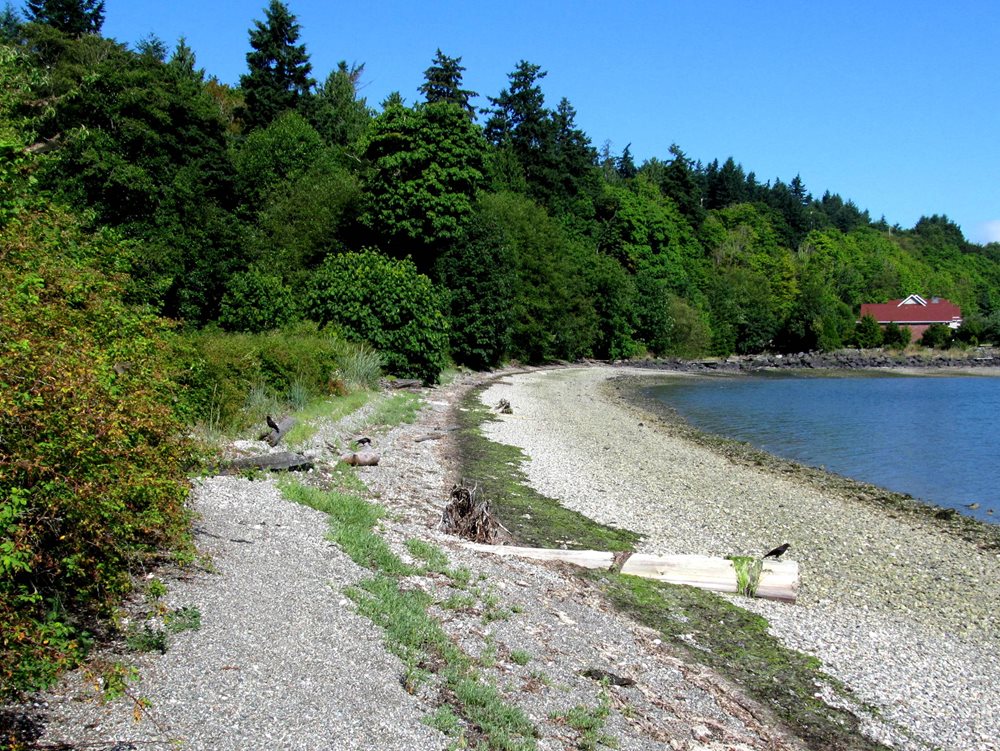The Only Guide to Shore Protect Team
Table of ContentsThe smart Trick of Shore Protect Team That Nobody is Talking AboutThe Basic Principles Of Shore Protect Team 9 Simple Techniques For Shore Protect TeamThe Facts About Shore Protect Team UncoveredShore Protect Team Things To Know Before You Get This4 Simple Techniques For Shore Protect TeamSome Known Details About Shore Protect Team
Decline in residential or commercial property worth: As the area tourist is impacted by erosion, so then is the economy. Customers are less likely to look for a beach house that might be ruined anytime by the upcoming flooding and erosion emergency situation. Subsequently, building value can go down immensely and affect the entire region.Whether a beach is just little and congested or has to close completely for the security of the ecological community and nearby homes, this greatly affects tourist. Subsequently, neighborhood economic climates are affected (https://www.gamespot.com/profile/shrprtcttm/). Threat of injury: The boosted threat of flooding and architectural failings causes a raised threat of injury to close-by travelers and neighborhood participants

Coastline stablizing is directly related to their job. Beachfront hotels: Since shoreline erosion influences tourism, it impacts the success of waterside resorts.
Shore Protect Team Fundamentals Explained
This ultimately brings about closures and abandoned beachfront residential or commercial properties. Coastal commercial businesses: No tourists implies no company. For those organizations dealing with residents, their residential property is at risk of damages from erosion and flooding. Coastal state parks: State parks that exist along coasts go to threat of damage. Not just to the manufactured structures and homes on site, yet additionally to the natural environments that exist within.
Hard stabilization uses man-made frameworks as protection to control erosion. A lot of kinds of difficult stabilization like seawalls and sheet steel are not excellent for shoreline stablizing.
Shore Protect Team Things To Know Before You Buy
There's likewise inadequate evidence of their efficiency relying on the kind of coastline and neighborhood conditions. Tough stabilization techniques tend to be more challenging to mount and do not match the all-natural aesthetic, protruding like an aching thumb and hurting local communities in many situations. Coastline sustenance is the procedure of adding shed sand and debris back to coastlines after disintegration has happened.
TrapBags aid in the process of coastline nourishment by protecting natural ecological communities and permitting plants to expand. While this procedure can be costly and is not irreversible, the pros have a tendency to surpass the disadvantages. TrapBag obstacles deal numerous residential properties that make them perfect for seaside and shore erosion security. They're: Eco pleasant: You can make use of native soil both to border and to fill up the TrapBags.

The Ultimate Guide To Shore Protect Team
They can likewise be mounted without any heavy equipment. Economical: TrapBags are excellent for both small and large locations of shoreline.
The ideal seawall style depends on location-specific elements, including surrounding disintegration procedures. There are 3 major kinds of seawalls: upright, bent, tipped, and piles (see table listed below). A record published by the United Nations Atmosphere Programme (UNEP) recommends that the tidal wave of 26 December 2004 triggered less damage in the locations where natural barriers existed, such as mangroves, coral reefs or seaside plants.
All-natural obstacles, such as reef and mangrove woodlands, prevent the spread of tsunamis and the circulation of coastal waters and reduced the flooding and rise of water. A cost-benefit technique is a reliable means to establish whether a seawall is appropriate and whether the benefits deserve the expenditure.
Not known Factual Statements About Shore Protect Team
A seawall is a static feature which can conflict with the dynamic nature of the coast and restrain the exchange of sediment in between land and sea. The table listed below summarizes some positive and negative results of seawalls which can be used when contrasting their performance with other seaside monitoring alternatives, such as beach nutrition. [] Advantages and disadvantages of seawalls according to Short (1999) Benefits Disadvantages Long term service in contrast to soft beach nutrition.

This can create coastlines to dissipate, making them pointless for coastline goers. Usually, seawalls can be an effective means to control coastal erosion, however only if they are created well and out of materials that can stand up to the pressure of ongoing wave energy. Some understanding is required of the seaside processes and morphodynamics details to the seawall location.
Shore Protect Team for Beginners
The ideal seawall style relies upon location-specific aspects, consisting of bordering erosion processes. There are three primary kinds of seawalls: upright, rounded, stepped, and mounds (see table below). A record released by the United Nations Atmosphere Program (UNEP) recommends that the tidal wave of 26 December 2004 created less damage in the areas where natural obstacles were existing, such as mangroves, coral reefs or seaside plant life.
Natural barriers, such as coral reefs and mangrove woodlands, protect against the spread of tidal waves and the circulation of seaside waters and mitigated the flood and rise of water. A cost-benefit strategy is an effective method to establish whether a seawall is suitable and whether the benefits are worth the expense.
The Of Shore Protect Team
A seawall is a fixed feature which can clash with the dynamic nature of the coastline and restrain the exchange of sediment in between land and sea. The table listed below summarizes some favorable and adverse impacts of seawalls which can be used when contrasting their efficiency with various other coastal monitoring options, such as beach nutrients. [] Advantages and negative aspects of seawalls according to Short (1999) Benefits Drawbacks Lengthy term service in contrast to soft coastline nutrition. waterfront property.

This can cause beaches to dissipate, rendering them ineffective for coastline goers. Typically, seawalls can be an effective way to regulate coastal disintegration, yet just if they are built well and out of products that can endure the force of recurring wave power.